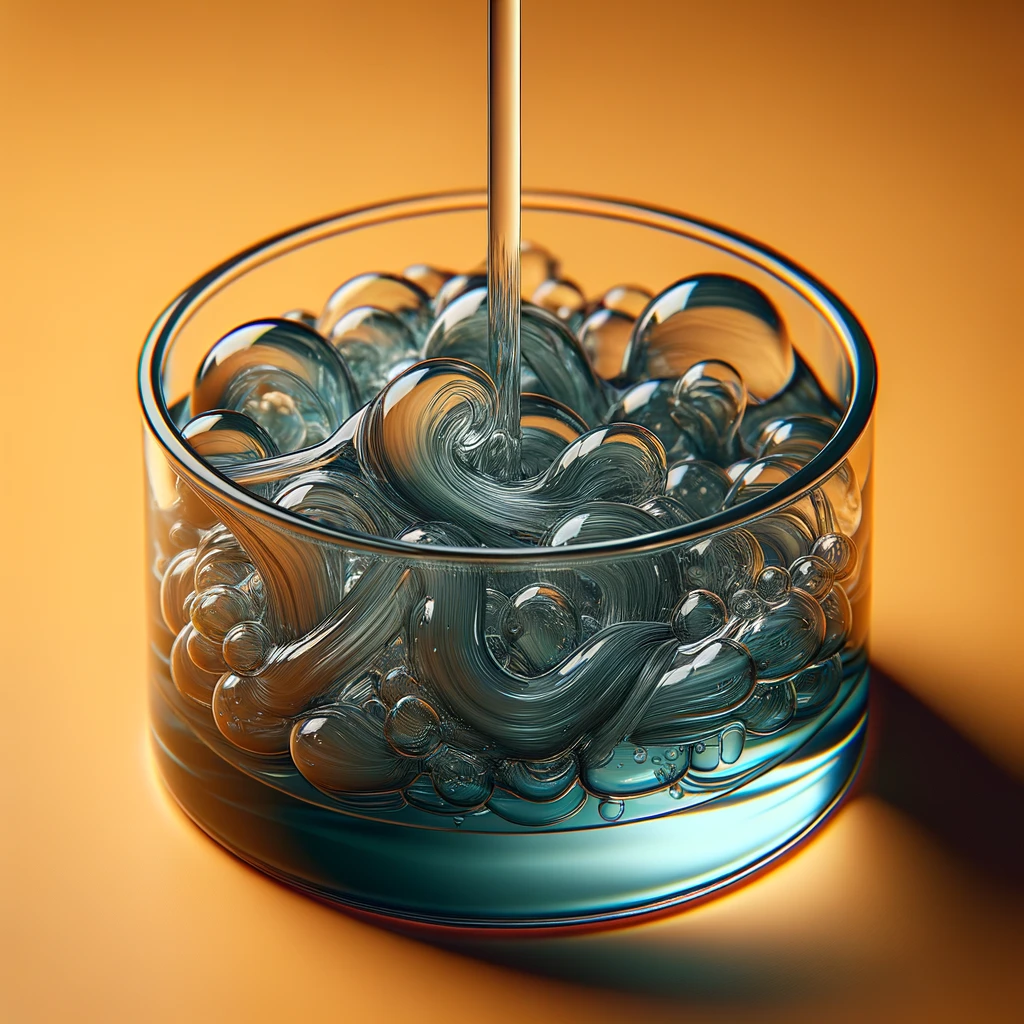Due to climate change and the onset of cold winter, water treatment, especially the application of polyacrylamide flocculants, will encounter certain challenges. Since the lower temperature in winter will affect the function of the flocculant, it is necessary for us to study the reasons why the function of the flocculant is weakened in this season. The article analyzes the reasons for the decline in the performance of polyacrylamide flocculants used in winter and proposes corresponding countermeasures.

Reasons for the Weakening of Flocculant Effect in Winter
As the temperature decreases, the application of PAM in water treatment is gaining more and more attention. Research results show that under certain conditions, the resistance of polyacrylamide flocculants under low-temperature conditions will increase, which will have a certain impact on its performance and flocculation effect.
Firstly, the drop in temperature directly affects the solubility of polyacrylamide. Under low-temperature conditions, the dissolution of flocculants in aqueous solutions becomes more difficult, and the unfolding of molecular segments also becomes challenging. The results show that polyacrylamide flocculants have poor dispersion in aqueous solutions, impacting their flocculation effect.
Secondly, when the temperature of the flocculant is low, the molecular chains cannot fully open, thus reducing the activity of the flocculant. When the temperature is low, the degree of disentanglement of the polymer chain will affect the reactivity of the flocculant. However, when the temperature is low, the movement of the polymer chain will be restricted, and it will not fully unfold. This reduces the flocculation effect between the flocculant and the suspended solids in the water body, greatly reducing flocculation efficiency.
In winter, the concentration of suspended solids and other substances in water bodies tends to increase, which is related to the deposition of particulates in water bodies. These suspended substances and impurities will affect the activity of the flocculant, thereby affecting its binding effect with the target substance. Therefore, in the cold season, the particularity of water quality makes it difficult for the flocculant to fully exert its effect.
Solution to the deterioration of flocculant effect in winter
First of all, this problem can be solved by using warm water to dissolve the flocculant under low-temperature conditions. Dissolving the flocculant in hot water can significantly speed up its dissolution rate below 60°C. When the temperature increases, the kinetic energy of water molecules increases, promoting the rapid spreading of polymer chain segments and improving the dispersion of the flocculant in the aqueous solution. This can not only speed up the activation speed of the flocculant but also promote the improvement of the flocculation effect.
Secondly, appropriately increasing the stirring time in the dissolving tank is also an effective method to solve this problem. As the stirring time is extended, the polyacrylamide flocculant can be better dissolved in the aqueous solution. Stirring is mainly to ensure that the flocculant can fully react with the suspension in the aqueous solution, thereby enhancing the flocculation effect. In the cold season, by extending the stirring time, the deficiencies in the flocculation process can be effectively compensated.
Generally speaking, the reason for the decline in the flocculation effect of polyacrylamide in winter is temperature, but appropriate measures can be taken to maximize its effect. In the cold season, studying the characteristics and adaptability of flocculants and taking corresponding protective measures are of great significance to ensure the normal operation of the water treatment system. Through continuous research and practice, we will deepen our understanding of the use of polyacrylamide under various environmental conditions and provide more reliable methods to ensure water safety.
